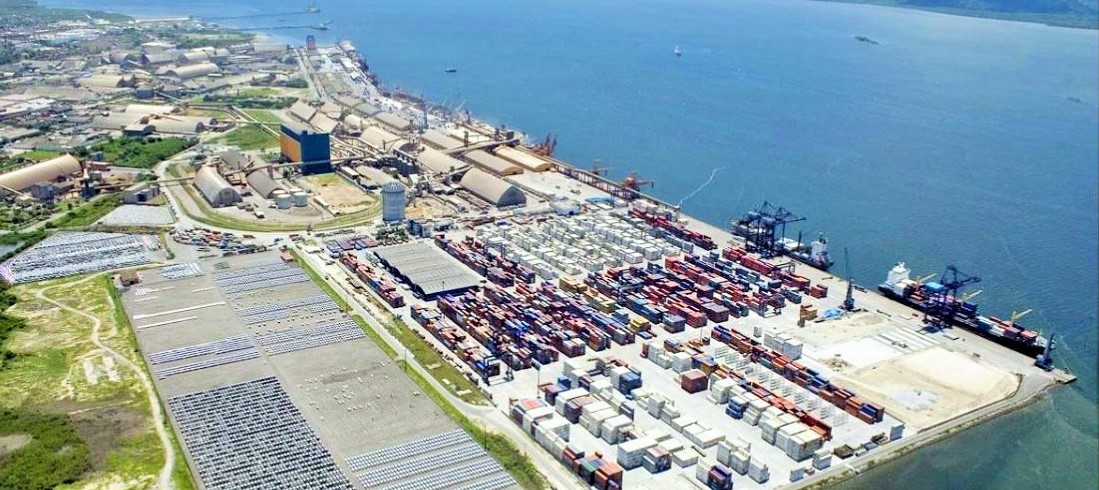
Project for the exclusive unloading hopper for wagons advances in the Port of Paranaguá
Oct, 29, 2019 Posted by Sylvia SchandertWeek 201945
The project aimed at concentrating the solid bulk rail unloading on the Paranaguá Export Corridor into an exclusive modal hopper is gaining new momentum. After three months of analysis of the proposal presented by the Engineering and Maintenance Board, in partnership with Rumo, the complex’s port operators are interested in moving forward to consolidate the proposal.
Ports of Paraná’s CEO, Luiz Fernando Garcia, has already received some considerations, but the terminals have committed to bring together their technical teams, with the public company’s Engineering Directorate and Rumo, to define how aerial connections would be made to the new hopper, the rail connections, the best location and position of the rail terminal, and also the operating rules of the new Corridor equipment.
“If we want to grow, as the forecasts indicate, we need to have adequate rail reception. It is an important modal segment that today, in the port, is still underused. Once we train and improve the railroad, we gain the logistics of the port,” says the CEO of Ports of Paraná.
The project was presented by Ports of Paraná to representatives of the Paranaguá Export Corridor Terminals during Atexp’s monthly meeting in July.
The proposal is to build a hopper (facility to receive and dispose of solid bulk to the conveyor belts) exclusively for the unloading of trains in the Paranaguá Port Export Corridor. The solid bulk, such as soybean, corn, and bran, coming by rail would arrive in this structure and follow to the terminals by conveyor belts.
In principle, it would be three independent lines of belts. Each can hold up to 60 wagons of different products simultaneously. These conveyor belts would be connected to the terminals leased by Ports of Paraná and the other terminals could be interconnected to the system or operate together.
The project benefits the entire logistics chain – ports, operators, transporters – with increased unloading capacity and reduced costs, as well as for the entire community.
Benefits
For the population, the immediate improvements generated by this reorganization of the railway discharge in the Paranaguá Port Export Corridor will be the elimination of road and rail interference; increased security; fluidity in urban circulation; and noise reduction, especially those generated by train horns.
According to the director of the Board of Directors of the Paranaguá Export Corridor Terminals Association (Atexp), André Maragliano, also manager of Cargill in Paranaguá, with the increased annual railway discharge, the perspective is to further increase the movement through the Corridor. “Today we are already hitting around 20m tons. The project allows us to move to somewhere around 23 to 25 m tons, without other investments, without the increase of new terminals,” he says.
A new meeting, already with the feedback from the interested terminals, was scheduled for November 28th. “Now let’s sit down together, terminals, Rumo and Appa, to find the best layout that meets everyone’s needs, which will make this hopper and conveyor belts that will connect it to all the terminals as viable, efficient, and productive as possible,” says the operator.
-
Automotive
May, 24, 2022
0
China’s largest car carrier unloads 3,838 vehicles in the Port of San Antonio
-
Shipping
Apr, 25, 2022
0
MSC orders 20 boxships in Asia
-
Other Cargo
Jan, 26, 2021
0
Brazilian fertilizer imports up 10% in 2020
-
Oil and Gas
Mar, 10, 2022
0
The 70% drop in oil exports will leave Russia with no foreign currency to import


